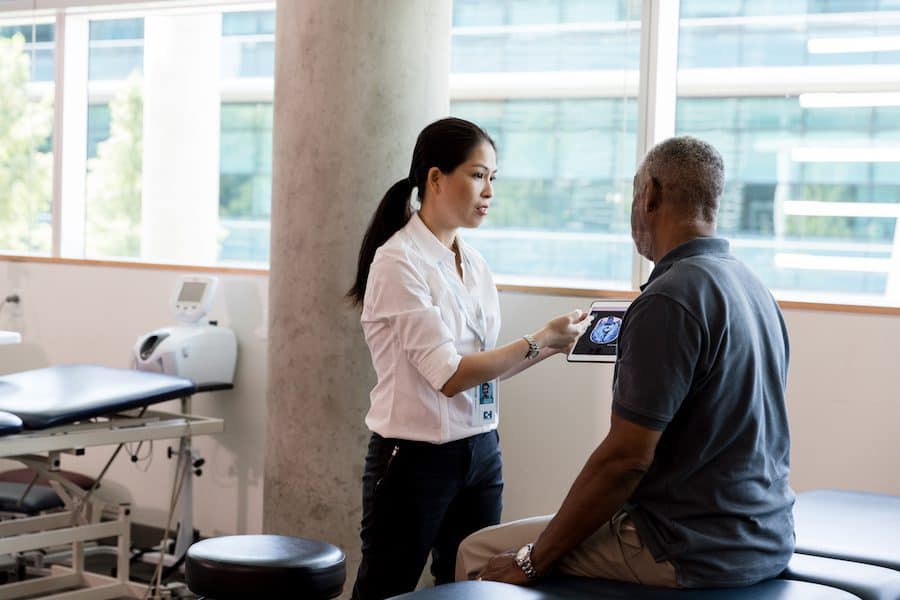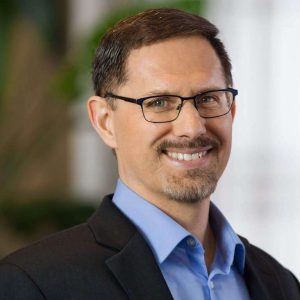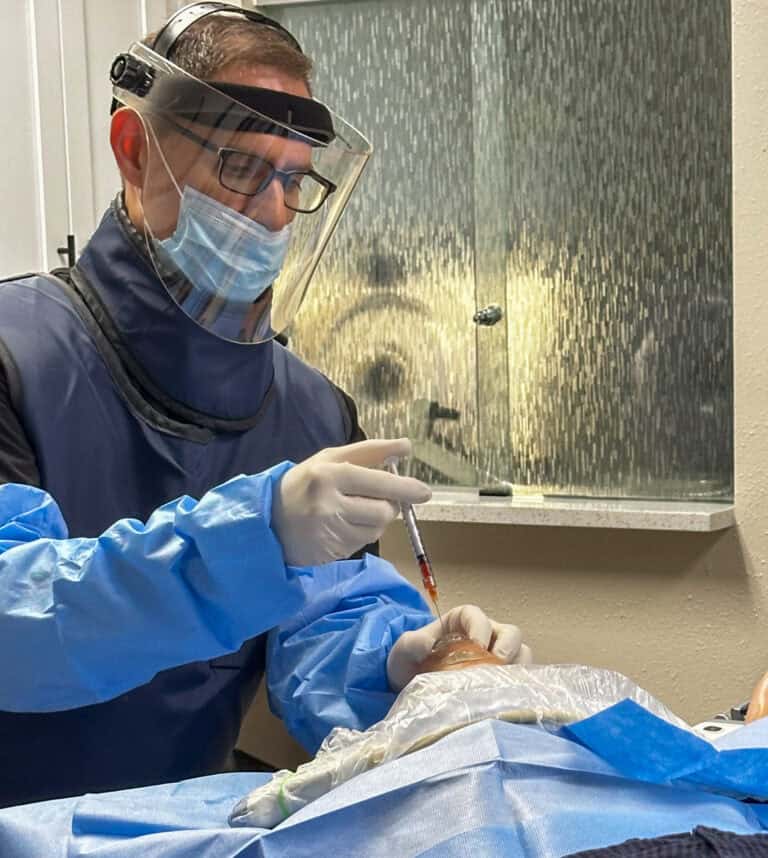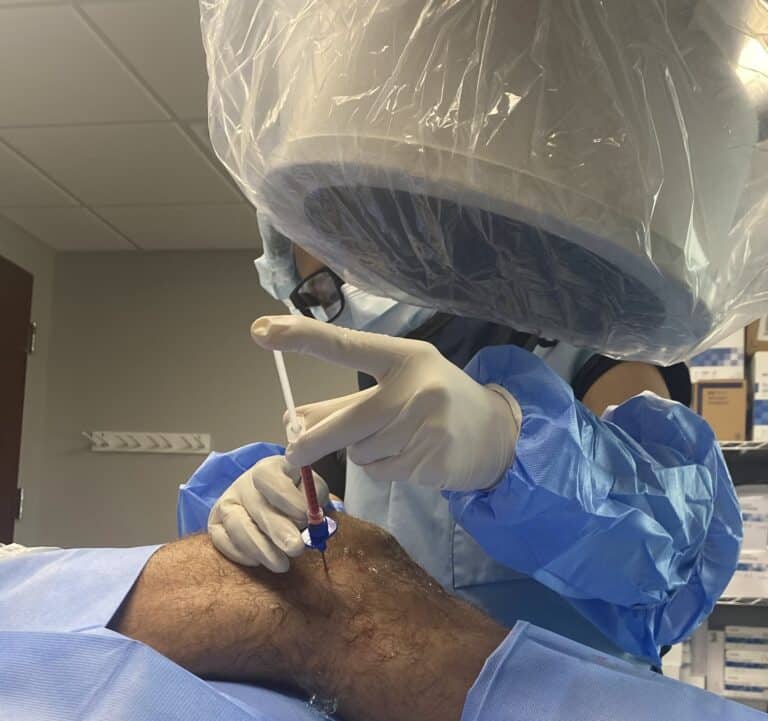The field of chiropractic care continues to grow rapidly, reports the U.S. Bureau of Labor Statistics, with the agency noting that people “are increasingly becoming interested in integrative or complementary healthcare as a way to treat pain and to improve overall wellness” with “nonsurgical methods of treatment.” As more and more people turn to chiropractors for care — whether that’s treatment for injuries or recovery from chronic degenerative conditions like arthritis — new opportunities are expanding for chiropractic doctors to work with trained professional providers of regenerative medicine.
Dr. Evan Katz, a chiropractor at Professionally Integrated Care, recently sat down to chat with Dr. James Leiber, medical director of Regenexx Tampa Bay (Sarasota, Tampa, and St. Pete) and Gold Coast Orthopedics (North Miami), to discuss the beneficial outcomes in patient care when chiropractors partner with like-minded regenerative medicine doctors.
What is Regenerative Medicine in the Field of Chiropractic Medicine?
Regenerative interventional orthopedics is a rapidly expanding field that involves the injection of orthobiologics (e.g. platelet-rich plasma, bone marrow concentrate, etc.) into precisely targeted areas of the body. It’s commonly used to improve mobility, enhance strength, reduce pain, and heal injuries or chronic conditions in the neck, spine, shoulder, and other problem areas commonly treated by chiropractors.
The scope and goal of chiropractors and regenerative medicine physicians are complementary. According to Dr. Leiber, both fields aim to change the way things are done in a non-surgical, non-pharmacological way by:
- Helping patients and clients to avoid unnecessary surgery
- Avoiding steroids as much as we possibly can due to the damaging effects of long-term or repeated steroid use
- Avoiding the regular use of nonsteroidal anti-inflammatory drugs (NSAIDs)
- Avoiding the regular use of narcotics
- Avoiding rhizotomies, also known as radiofrequency ablations (commonly used to relieve back spasms and chronic back pain), which Dr. Leiber warns can cause multifidus (posterior core muscle) atrophy of the lumbar spine, thus destabilizing the structure and creating long-term drawbacks for a short-term benefit
The Opportunity and the Challenge for Chiropractors
Regenerative medicine can help to internally strengthen, regenerate, and heal tissues, tendons, muscles, and joints that are weakened, compromised, or injured. Thus, there’s a clear overlap between the goals of both a chiropractor and a regenerative medicine professional, and the two fields of medicine can bring about quick and significant benefits to patients seeking relief.
However, in the rush to provide regenerative medicine to their clients, many chiropractors aim to perform similar procedures in-house without proper training or with subpar methods. This can lead to poor patient outcomes, and even continued pain or increased risk of injury. Additionally, marketing companies in conjunction with birth tissue (eg. Amniotic, Placental, or Umbilical) manufacturers and distributors have preyed on chiropractic offices attempting to convince and convert them to use their products. In so doing, false information is being provided to the chiropractors and in turn, to the patients. That is, the claim that these products contain younger and more numerous cells than the patient can provide themselves. Unfortunately, these products are not allowed to be used for these conditions without an FDA drug approval (which has not occurred). Furthermore, when tested by multiple academic laboratories, their published results regrettably show no living cells. In other words, this is an organized crime scam.
Dr. Leiber explains that true regenerative medicine, as administered by a trained professional who specializes in proven techniques, is a very precise science that most chiropractic offices simply aren’t set up to provide.
“What we’re doing is injecting various different tissue targets under really high skill settings using image guidance,” he says, “and we’re injecting things that typical interventional pain doctors would never even consider.” For example, at Regenexx Tampa Bay, specialists use information from MRIs obtained prior to a procedure and then use ultrasounds and fluoroscopy (live X-ray) to guide precise injections during the bone marrow concentrate or platelet injection procedures.
Case Study: How a Chiropractor and a Regenerative Medicine Professional Can Support Each Other
To demonstrate the precise nature of successful regenerative medicine, Dr. Katz and Dr. Leiber use the example of someone who has some degree of instability, whether it’s cervical or lumbar. The chiropractor may identify where that instability is occurring, then refer that patient to a regenerative medicine expert.
Dr. Leiber says that they use the information from the MRI, examination, and history to help create the plan for the injections into multiple facet capsules or specific parts of the multifidus that appears to be atrophic. “We might use a platelet lysate epidural to try and get around the nerve roots and the back edge of the disc…or we’ll go into the disc and inject intradiscal as well to alleviate disc tears” he explains.
This demonstrates how precise the procedure needs to be in order to be successful, and the value of a chiropractor partnering with a trained professional provider of regenerative medicine. “The results are remarkable when the right treatment is chosen and provided for the right person,” says Dr. Leiber.
Another example is a situation where a chiropractor might be trying to restore a curve in the neck. But simply restoring it, without strengthening the structure, can cause problems.
“Proper curve can take up to 10 times more load than a straightened curve and it’s going to pull down on the upper cervical as you straighten the cervical,” warns Dr. Leiber. In that case, the chiropractic doctor might refer the patient for regenerative medical treatment to strengthen the tissues. Small ligaments, that hold bone to bone together, are always injured in motor vehicle accidents. Injecting these structures helps to create stability which also helps to offload the other structures such as facet joints and discs.
It’s all about approaching a patient’s care with the same goals, values, and mindset, and finding complementary ways to improve patient outcomes.
Chiropractors: Partner with a Regenerative Medicine Professional Today
If you’re a chiropractor who wants to provide your clients with the utmost care, seek outside treatment options that support your in-house programs and have a go-to list of trained professional providers of regenerative medicine that you can refer your patients to.
At Regenexx Tampa Bay and Regenexx at Gold Coast Orthopedics, our team of doctors and specialists want to support chiropractors like you and work together to produce the best outcomes possible for all patients. Chiropractors are experts at providing highly effective service in regards to joint and bone alignment, and we can come alongside your work to administer bone marrow concentrate/PRP injections effectively. Contact us today to learn more.










